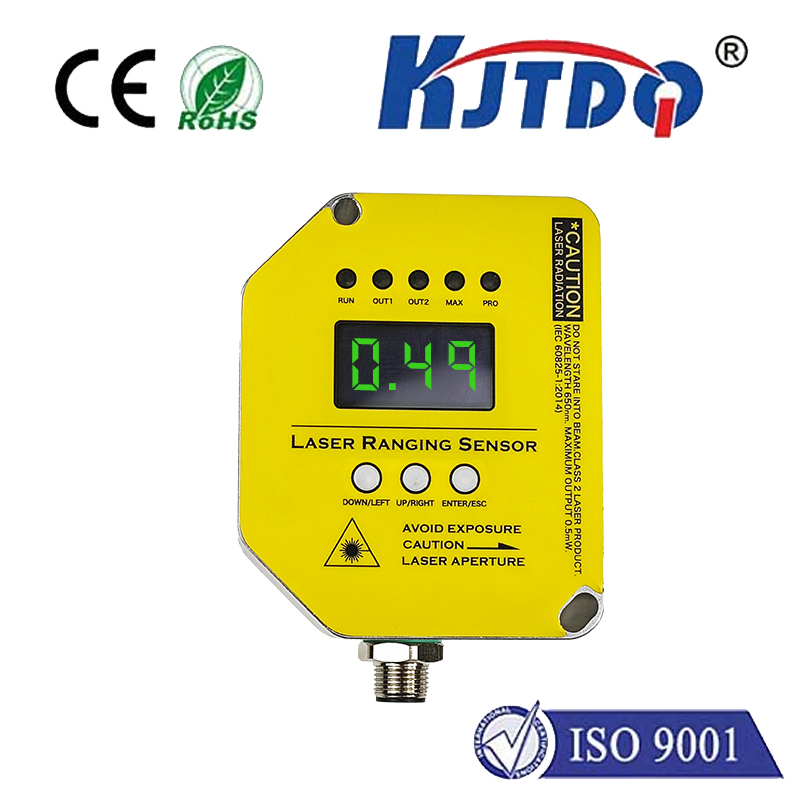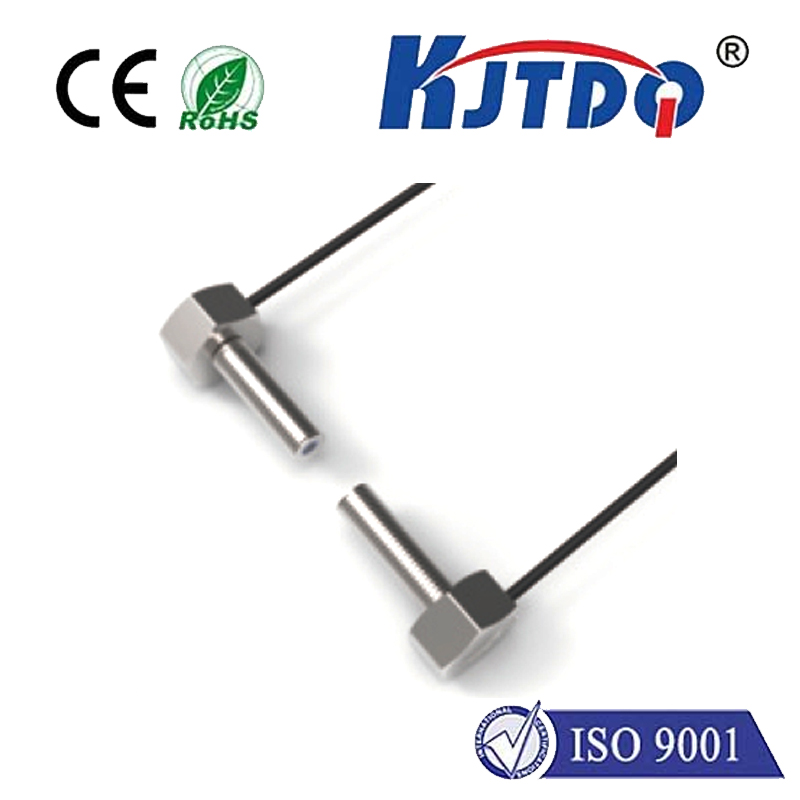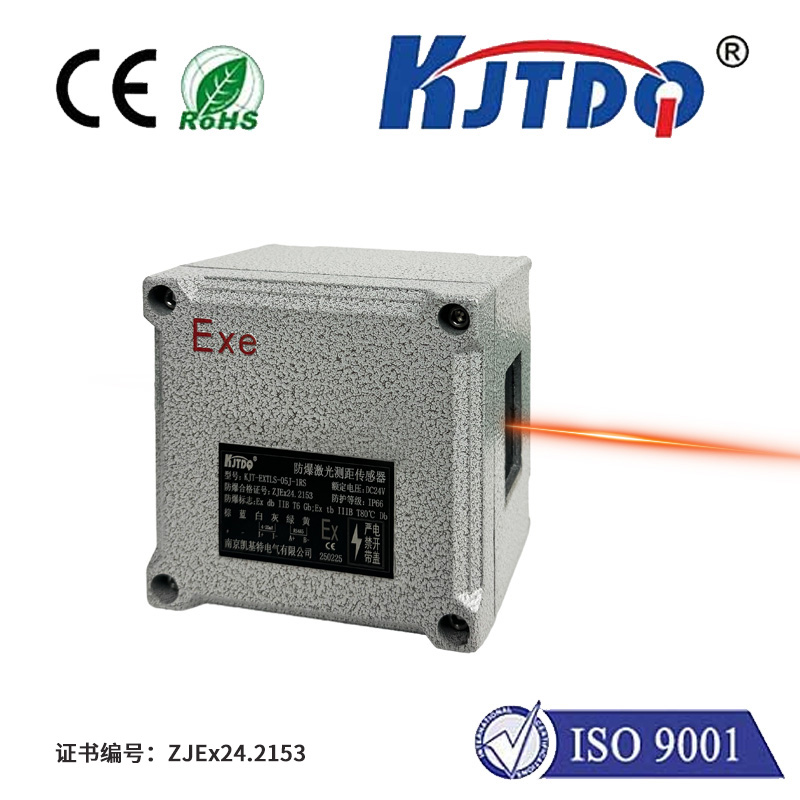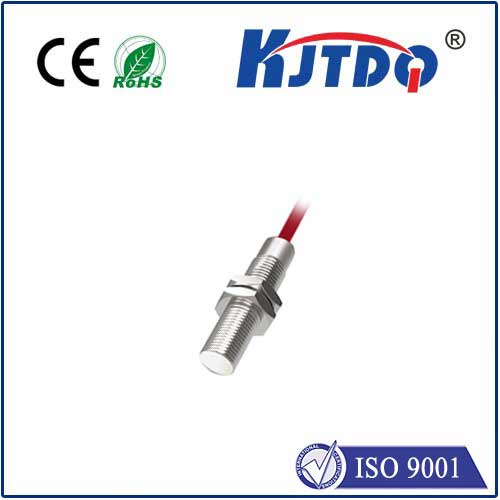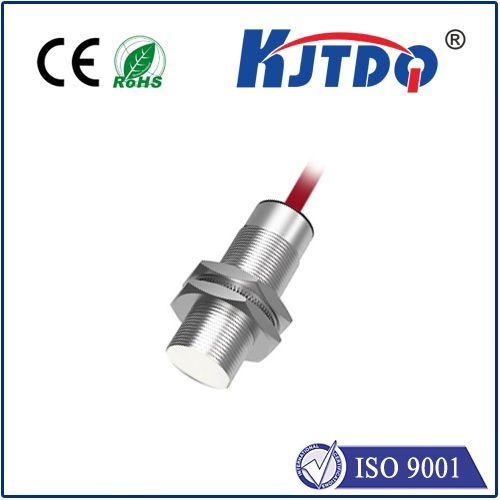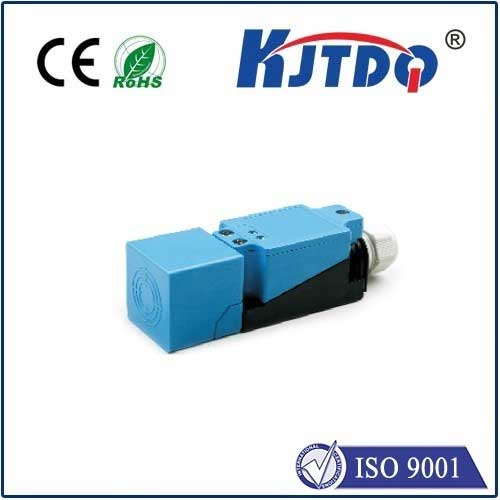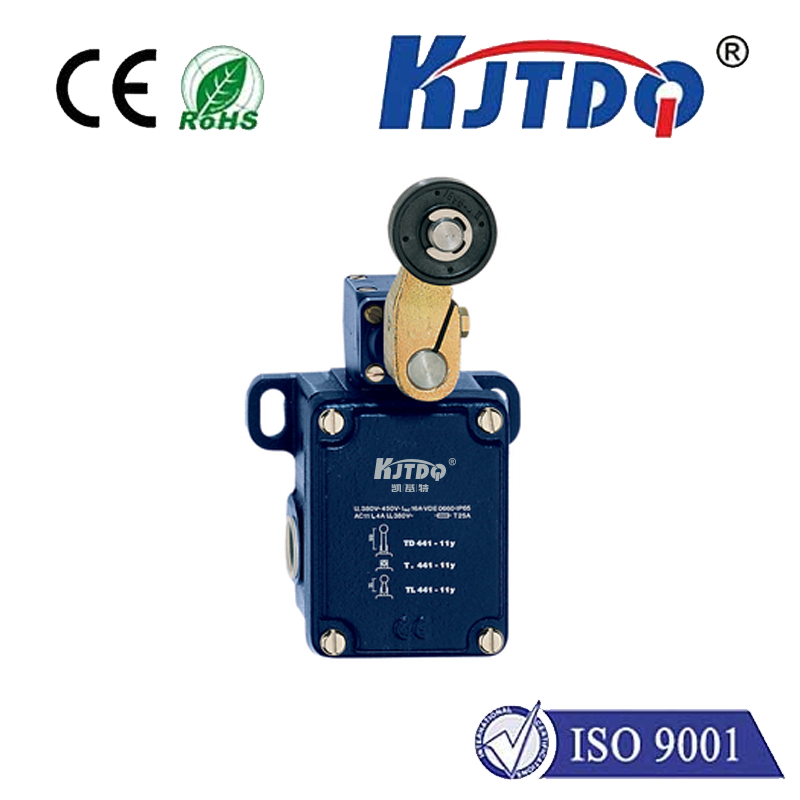датчик лазерного счетчика
- time:2025-09-08 14:30:35
- Нажмите:0
Laser Counter Sensors: Precision Counting Solutions for Modern Industries
Imagine a high-speed packaging line where hundreds of identical bottles zip by every minute. Manually tracking their numbers is impossible. Or picture a bustling warehouse where thousands of small components need accurate inventory counts. Enter the unsung hero of modern efficiency: the датчик лазерного счетчика. This sophisticated device utilizes focused light beams to rapidly and reliably detect, count, and track objects, revolutionizing processes across countless industries where precision counting is paramount.
How Does a Laser Counter Sensor Work?
At its core, a laser counter sensor operates on the principle of photoelectric sensing. Here’s a simplified breakdown of the common through-beam method, often used for counting:
- Emitter: The sensor contains a laser diode that projects a highly focused, intense beam of light.
- Receiver: Positioned directly opposite the emitter (or integrated within the same housing using a reflector in a retro-reflective setup), a photoelectric receiver detects the presence of the laser beam.
- Object Interruption: As an object passes between the emitter and receiver, it interrupts the laser beam.
- Signal Processing: The receiver detects this interruption and sends an electrical pulse signal to the sensor’s internal processing unit.
- Counting: Each distinct interruption pulse is interpreted as a single object passing through the beam. Sophisticated electronics filter out noise, distinguish between actual objects and minor fluctuations, and increment the count register. Advanced sensors equipped with object discrimination capabilities can even count only specific items that meet predefined size or reflectivity criteria.
- Output: The sensor transmits the count data, either as a simple tally via discrete outputs (like relays) or as rich digital information (via protocols like IO-Link, Ethernet/IP, or Modbus) to PLCs (Programmable Logic Controllers), SCADA systems, displays, or inventory management software.
Types of Laser Counter Sensors
While the fundamental principle remains similar, different configurations cater to diverse needs:

- Through-Beam Sensors: Offer the longest sensing ranges and highest accuracy, ideal for applications where objects pass clearly between separate emitter and receiver units. They excel in high-speed counting scenarios.
- Retro-Reflective Sensors: Combine the emitter and receiver in one housing. The laser beam is projected towards a reflector. An object passing through the beam interrupts the return path to the receiver. This design simplifies installation with only one unit needing wiring. Accuracy is generally high, though slightly less than true through-beam at very high speeds due to the return beam path.
- Diffuse Reflective Sensors: Emit a laser beam and detect the light diffusely reflected back from the target object itself. While commonly used for presence detection, specific high-precision diffuse sensors with small, focused spots can be configured for counting applications, particularly with reflective targets. However, their performance can be more susceptible to object color, texture, and distance compared to through-beam or retro-reflective types, making them less ideal for demanding counting tasks requiring absolute precision across varied objects.
Key Applications: Where Precision Counting is Critical
Laser counter sensors bring significant advantages to numerous sectors:
- Packaging & Bottling: Crucial for counting bottles, cans, cartons, blister packs, or individual items before boxing. Ensures correct filling levels and package quantities.
- Material Handling & Logistics: Tracking items on conveyors, counting boxes passing through sorting gates, monitoring throughput in distribution centers, and managing inventory flow.
- Automotive Manufacturing: Counting components like bearings, springs, fasteners, or electrical connectors during assembly processes.
- Electronics Production: Tracking small components such as resistors, capacitors, IC chips, or finished PCBs moving on high-speed assembly lines. High-speed sensors are essential here.
- Pharmaceuticals: Ensuring accurate pill or capsule counts within bottles or blisters, verifying batch quantities, and tracking vials/syringes. Precision and hygiene (often requiring specific materials like V4A stainless steel housings) are vital.
- Food & Beverage: Counting items like baked goods, candy, fruits, or packaged products on production lines. Some designs feature washdown ratings (IP67 / IP69K) for harsh environments.
- Printing & Publishing: Counting signatures, sheets, or finished books/magazines.
The Unmistakable Advantages of Laser Counting
Why have laser counter sensors become such a prevalent solution? Their benefits are compelling:
- Unparalleled Precision and Accuracy: Capable of reliably counting hundreds or even thousands of objects per minute with minimal error, far exceeding human capability or less advanced optical methods.
- High-Speed Performance: Laser sensors operate in microseconds, making them ideal for the fastest production lines and conveyor systems.
- Non-Contact Operation: Eliminates wear and tear on both the sensor and the objects being counted, ensuring longevity and preventing damage to delicate items.
- Long Sensing Ranges: Through-beam laser sensors offer significantly longer operating ranges compared to standard photoelectric sensors, providing greater flexibility in installation.
- Small Spot Size: The highly focused laser beam enables detection of very small objects and precise counting even when items are closely spaced. This high resolution is critical for tiny components.
- Consistency: Unaffected by operator fatigue or environmental factors like dust (within operating specifications), ensuring consistent counts 24⁄7.
- Data Integration: Easily interfaces with control systems and software for real-time monitoring, production data logging, quality control, and automated inventory management.
Choosing the Right Laser Counter Sensor
Selecting the optimal sensor requires careful consideration:
- Application: What exactly are you counting? Size, shape, material, color, transparency?
- Environment: Dusty? Wet? Extreme temperatures? Explosive atmosphere? Consider the required ingress protection (IP rating) and material compatibility.
- Required Speed/Throughput: How fast are the objects moving? Determine the necessary response time.
- Object Spacing: How close together are the objects? This dictates the required resolution and beam focus.
- Detection Method: Which configuration (through-beam, retro-reflective, diffuse) best suits the physical layout and precision needs?
- Output Requirements: Simple count relay? TTL pulse? Analog signal? Digital communication (IO-Link, etc.)?
- Mounting Constraints: Space limitations? Fixed or adjustable mounting? Integration with existing machinery?
Fine-Tuning for Optimal Performance
Modern laser counter sensors offer adjustable parameters like sensitivity thresholds, response delay times, and beam modulation frequencies. This adjustability is key to filtering out background light interference, ignoring minor vibrations, distinguishing between closely spaced objects, and ensuring reliable counting even in challenging conditions. Proper alignment is also absolutely critical, especially for through-beam systems.
Beyond Simple Counting: Advanced Capabilities
The evolution of laser sensing technology continues. Sensors now incorporate features like:
- Object Discrimination: Using sophisticated algorithms to distinguish target objects from background noise or unwanted items based on size or reflectivity differences.
- Direction Sensing: Determining the direction of travel (e.g., counting items entering vs. exiting a zone).
- Multi-Beam Arrays: Using multiple beams to cover wider areas or count multiple lanes simultaneously.
- Integrated Intelligence: On-board data processing and communication capabilities for predictive maintenance alerts and deeper process insights.
From ensuring the correct number of pills in your bottle to guaranteeing the precision needed in an automotive assembly plant, laser counter sensors are fundamental components driving efficiency, quality control, and automation in the modern world. Their ability to deliver fast, reliable, and non-contact counting makes them an indispensable tool wherever accurate object tracking is a requirement.

